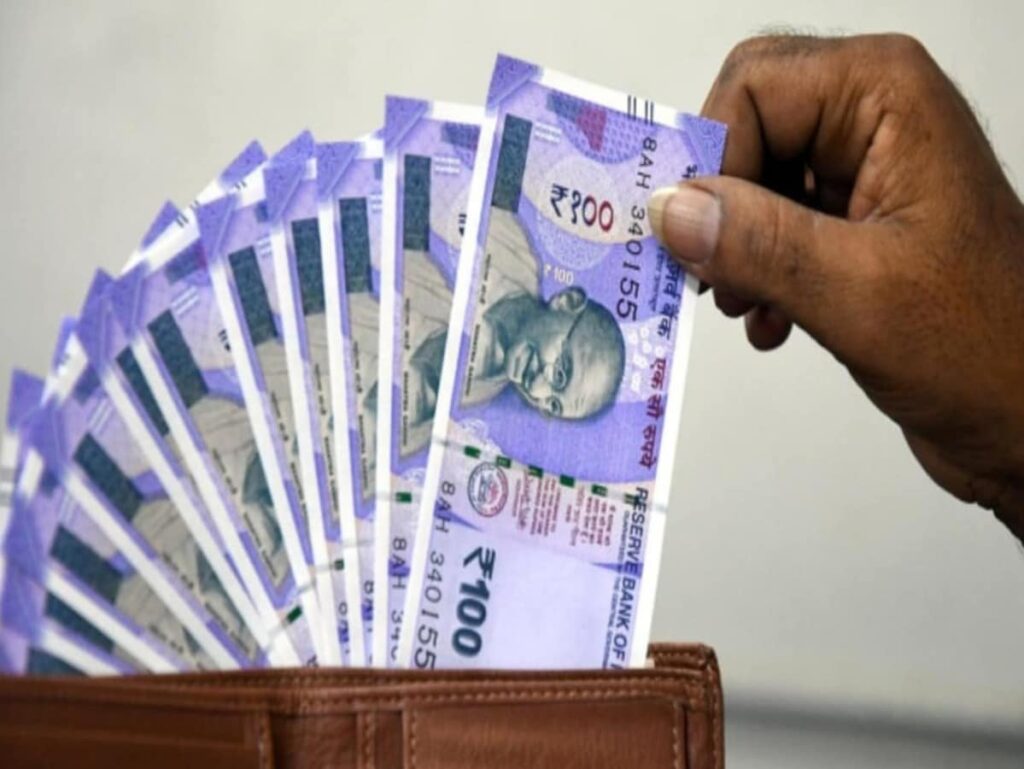The Reserve Bank of India (RBI) has opted to maintain its key interest rate, known as the repo rate, while simultaneously moderating its previously aggressive stance. This decision marks the initial step towards a potential reduction in interest rates in the future. Understanding the implications of this decision is crucial for various stakeholders, including consumers, investors, and businesses.
Current Repo Rate Status
The RBI’s decision to keep the repo rate unchanged indicates a cautious approach to monetary policy. The current repo rate stands at 6.50%, a level that has remained consistent in recent meetings. Keeping the rate steady allows the central bank to assess the current economic conditions before making any drastic changes.
Implications of the Neutral Stance
- Consumer Borrowing: With the repo rate held steady, consumers can expect stable borrowing costs for loans, including home and auto loans. This predictability supports financial planning for households.
- Investment Climate: Investors may see this neutral stance as an opportunity to reassess their portfolios, taking into account the RBI’s potential future moves towards rate cuts.
- Impact on Inflation: Maintaining the current rate could help stabilize inflation levels, which is a critical concern for the RBI in light of fluctuating prices in essential goods.
Future Outlook on Interest Rates
The shift in the RBI’s approach from an aggressive to a neutral stance suggests a readiness for potential rate cuts as economic conditions evolve. Several factors will influence these decisions:
| Factor | Description | Impact on Interest Rates |
|---|---|---|
| Inflation Trends | Monitoring of ongoing inflation data and projections | Higher inflation may prevent cuts; lower inflation may prompt cuts |
| Economic Growth | Assessment of GDP growth rates | Weak growth might necessitate lower rates to stimulate the economy |
| Global Economic Conditions | Influence of international economic trends | Global slowdown may push the RBI to adopt a more accommodative stance |
Conclusion
The Reserve Bank of India’s decision to maintain the repo rate while adopting a neutral stance signals a strategic shift in its monetary policy approach. Stakeholders should keep a close eye on economic indicators in the coming months, as the potential for interest rate cuts may significantly impact borrowing costs, investment decisions, and overall economic activity. By closely monitoring these developments, individuals and businesses can better prepare for the opportunities and challenges that may arise.
